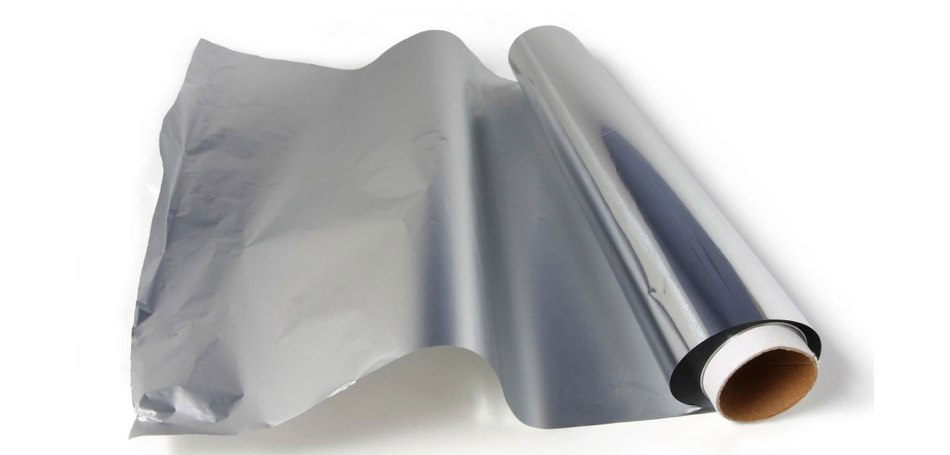Jul 27 2017
A Queen’s University Belfast Researcher has discovered a way for converting dirty aluminum foil into a biofuel catalyst, which has the potential to solve global energy and waste problems.
 Aluminum foil. CREDIT: Queen’s University Belfast
Aluminum foil. CREDIT: Queen’s University Belfast
Around 20,000 tons of aluminum foil packaging is wasted every year in the UK – sufficient to stretch to the moon and back. Most of this is incinerated or added to landfill as it is generally contaminated by oils and grease, which can cause damage to the recycling equipment.
Innovative
However, Ahmed Osman, an Early Career Researcher from Queen’s University’s School of Chemistry and Chemical Engineering, has worked along with Engineers at the University in order to develop an advanced crystallization method, capable of obtaining 100% pure single crystals of aluminum salts from the contaminated foil. This is considered to be the initial material for the preparation of alumina catalyst.
Generally, to develop this type of alumina it would have to originate from bauxite ore, which is mined in countries such as Australia, the West Indies and West Africa, causing massive environmental damage.
Promising
Osman, who handled the project under the University’s Sustainable Energy, Pioneering Research Programme, has developed a solution which is a lot more environmentally friendly, cost-effective and efficient than the commercial catalyst, presently available on the market for the manufacture of dimethyl ether - a biofuel considered to be the most promising of the 21st century.
According to Osman, producing the catalyst from aluminum foil costs around 120/kg while the commercial alumina catalyst is around £305/kg.
Its unique chemical, mechanical and thermal stability means it is capable of being used as an absorbent, in electronic device fabrication, as an alternative for surgical material for implants or as a cutting tool material.
Ground-breaking
The innovative research features in Nature Scientific Reports.
I have always been inspired by Chemistry and I believe that catalysis especially can make the world a better place. One day I took a walk through our laboratories at Queen’s and found lots of Aluminum foil waste so I did a little digging and after speaking to my colleagues, I ran my experiment and was astonished by the ultrapure single crystals – I didn’t expect it to be 100% pure. At Queen’s, our Scientists and Engineers often work hand in hand on common challenging problems for the society. By using our joint expertise, we have been able to tackle the issue of sustainable development and come up with a research solution which lies in an area between Chemistry and Chemical Engineering.
Ahmed Osman, an Early Career Researcher from Queen’s University’s School of Chemistry and Chemical Engineering
Osman added, “This breakthrough is significant as not only is the alumina more pure than its commercial counterpart, it could also reduce the amount of aluminum foil going to landfill while also sidestepping the environmental damage associated with mining bauxite.”
Osman is planning to continue his research on how these catalysts can be further enhanced and also hopes to discover the opportunities for commercialization of biofuel production or use the improved alumina catalyst in the catalytic converters in natural gas vehicles.